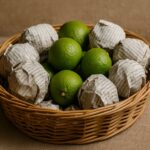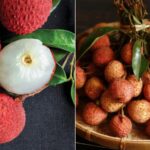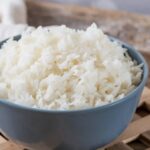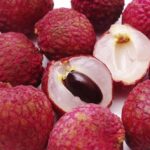Curved Cucumbers Aren’t Defective – They’re a Sign of Nature’s Perfection
Every summer, my mother’s lush green cucumber vines bear an abundance of fruits. Some grow straight, while others curve gently like a crescent moon. But she never discards the curved ones. She always says, “Curved cucumbers aren’t flawed, they’ve simply grown with the sun and in tune with nature.”
Indeed, cucumbers tend to curve due to environmental factors such as uneven sunlight, shading by leaves, or competing branches. This has nothing to do with the quality of the flesh within. In fact, experienced farmers often share a tip: slightly curved cucumbers usually ripen naturally, free from growth stimulants.
A small survey conducted by the Clean Agriculture Magazine in 2023 revealed that 68% of farmers agreed that curved cucumbers result from natural physiological factors and do not affect their sweetness, crispness, or nutritional value.
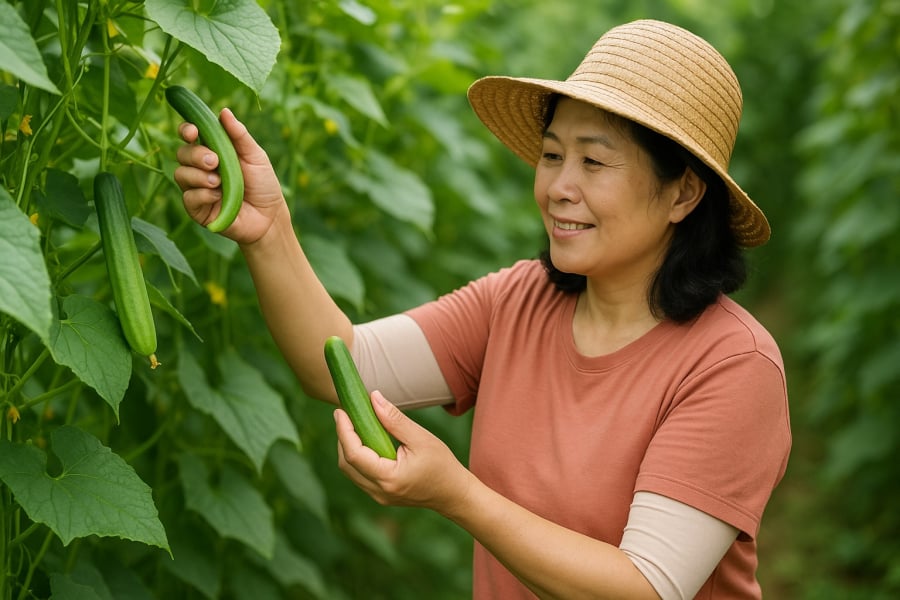
A Slender “Waist” – The Hallmark of a Crisp, Sweet Cucumber
My mother always taught me a clever trick for choosing cucumbers: “Look for a slight waist on the cucumber, my dear. A thin middle indicates a crisp, juicy cucumber!”
Indeed, the most delicious cucumbers often have a gentle curve at the middle, with rounded ends. This indicates balanced growth, adequate hydration, and just the right amount of sunlight—the perfect conditions for a crisp, sweet flesh.
On the other hand, cucumbers with perfectly straight, uniform shapes, abnormal swelling, or small heads and large tails may be a cause for concern. These signs could indicate the use of growth stimulants or improper fertilizer timing, resulting in rapid growth but compromised quality. Cucumbers with these characteristics tend to be bland, spongy, and quick to soften.
A Fragrant Aroma and Vibrant Skin are the Secrets to Freshness
If you’ve ever gone shopping with my mother, you’ll notice a unique habit of hers: she’ll hold a cucumber, give it a gentle sniff, and then examine its skin.
“Cucumbers with a delicate white coating, a subtle aroma, and vibrant skin are freshly picked. They’ll be crisp, sweet, and free from bitterness,” she’d explain.
That thin, white coating on the cucumber’s surface is nature’s protective layer, helping the fruit retain moisture. Cucumbers with this coating are freshly harvested and haven’t undergone any washing or prolonged storage—a true sign of freshness.
Additionally, look for cucumbers with bright green, evenly colored skin. Avoid those with yellowing or wrinkled skin, especially if the ends are shriveled or show signs of yellowing. These are overripe and won’t taste as good, plus they’ll spoil faster in your refrigerator.
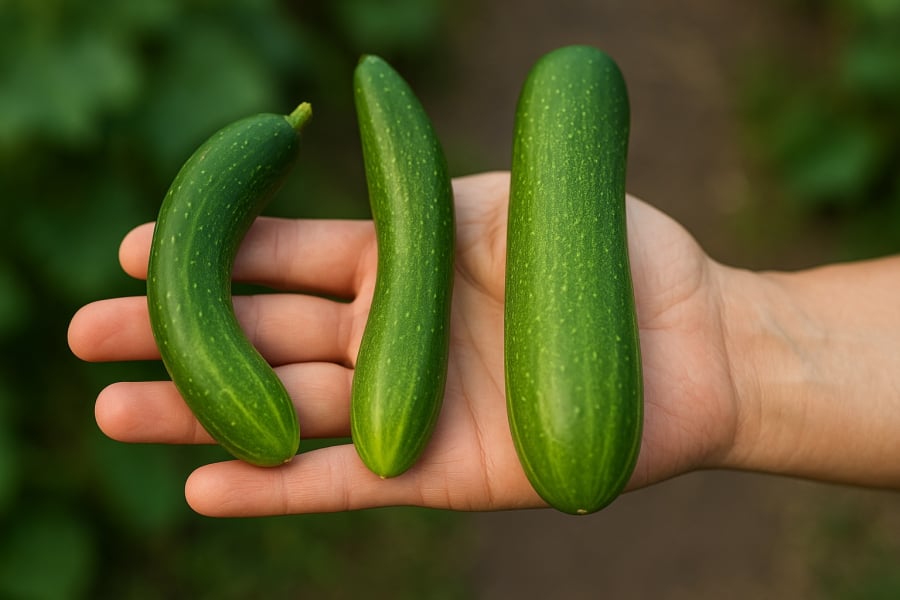
Wisdom from Experienced Farmers
According to seasoned farmers who have been growing cucumbers for years in safe vegetable regions like Gia Lam (Hanoi) and Lam Dong, the shape of cucumbers is largely influenced by environmental conditions and gardening techniques.
“Cucumbers tend to curve due to insufficient sunlight or obstructing branches, but this has no bearing on their crispness or sweetness,” shared Le Van Hung, a farmer with 15 years of experience in Dalat.
Many gardeners agree that the most critical factors when selecting cucumbers are freshness, vibrant skin, and a natural aroma. These are the true indicators of a cucumber’s quality, not its physical appearance.
Conclusion: Don’t Let Appearances Deceive Your Taste Buds
Just like with other fruits and vegetables, cucumbers shouldn’t be judged solely on their outward appearance. A gently curved cucumber with a slender waist, vibrant skin, and a subtle aroma can offer a far superior taste experience compared to its perfectly straight counterparts.
So, the next time you see a curved cucumber, instead of passing it by, why not give it a chance? Take a whiff, and you might just uncover a little natural “secret” that you’ve been missing out on all this time.
Preserving Fresh Lychees: A Guide to Keeping Them Crisp and Unbruised All Year Round
The luscious lychee-like flavor of Vietnamese plums, also known as Thoai Thieu, is a delicacy that deserves to be savored. But these plums have a frustratingly short shelf life, leaving enthusiasts scrambling to prolong their enjoyment. Resist the urge to immediately refrigerate your freshly purchased Thoai Thieu plums. Instead, embrace a clever preservation method that will significantly extend their lifespan, enabling you to indulge in their delectable sweetness for a more extended period.


























